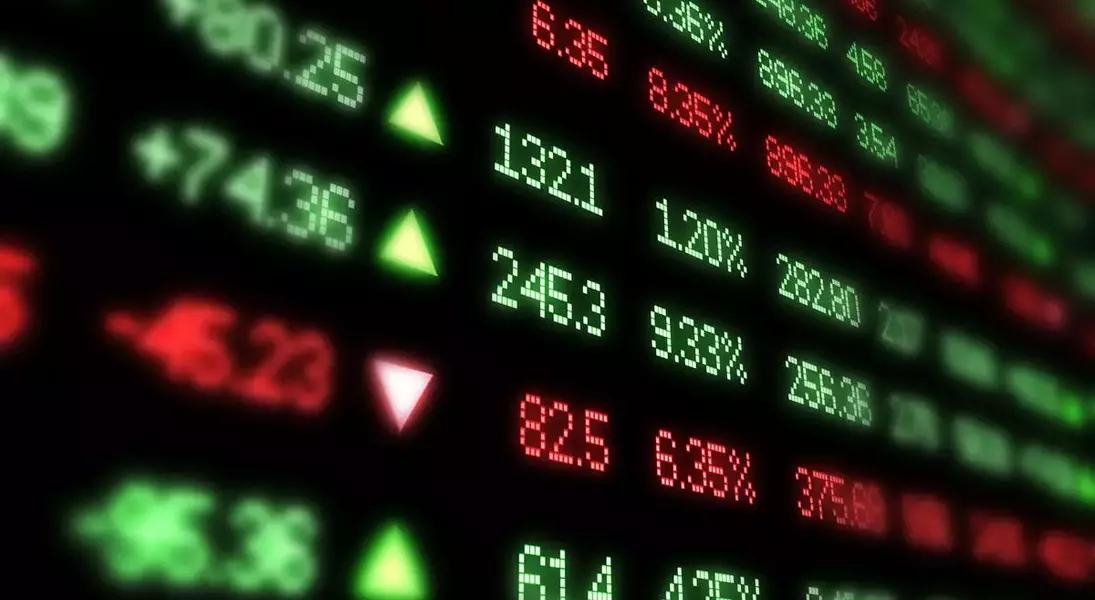Stocks Soar as Fed Slashes Rates, Signaling Shift in Economic Outlook
The Federal Reserve's surprise decision to aggressively cut interest rates by 50 basis points has sent shockwaves through the financial markets, with the Dow Jones Industrial Average (SPGI) futures jumping a remarkable 470 points in early trading on Thursday. This bold move by the central bank has fueled a surge of optimism among investors, who are now closely watching for the potential impact on the broader economy.Navigating the Shifting Economic Landscape
A Recalibration of Monetary Policy
The Federal Reserve's decision to slash interest rates was framed by Chair Jerome Powell as a "recalibration" of policy, driven by falling inflation and rising employment risks. This aggressive move, which brought the federal funds rate to 4.75-5.0%, marks the start of the central bank's highly anticipated interest rate cutting cycle. Analysts are now closely monitoring the potential ripple effects of this decision on the markets and the overall economic outlook.Diverging Market Reactions
While the initial reaction to the rate cut was overwhelmingly positive, with the markets surging on Wednesday, the closing bell told a slightly different story. The Dow ended the day down more than 100 points, while the S&P 500 and the tech-heavy Nasdaq (NDAQ) each lost approximately 0.3%. However, this short-term dip was quickly erased in early Thursday trading, as S&P 500 futures climbed 1.62% and Nasdaq futures soared 2%.Forecasting the Future
The Fed's decision has prompted a reevaluation of economic projections from major financial institutions. Goldman Sachs (GS) now forecasts a longer string of consecutive 25 basis-point cuts, extending from November 2024 through June 2025, when it expects the funds rate to end up at 3.25-3.5%. This revised outlook is a departure from the investment bank's previous projection of consecutive cuts to close out 2024, followed by quarterly cuts in the following year.Similarly, Bank of America (BAC) is anticipating 75 basis points of cuts in the fourth quarter of this year, followed by an additional 125 basis points of cuts in 2025, ultimately resulting in a neutral rate of 2.75-3%.Shifting Economic Indicators
The Fed's decision was accompanied by a readjustment of its economic projections, which now see core Personal Consumption Expenditures (the central bank's preferred inflation metric) falling to 2.3% this year, down from the previously projected 2.6% in June. The median forecast for next year has also been revised downward, from 2.3% to 2.1%.Furthermore, the Fed's Federal Open Market Committee has adjusted its median unemployment rate projection to 4.4% by the end of this year, and 3.4% at the end of 2025. Powell also noted a median projection of 2% GDP growth over the next few years, indicating that the central bank's actions are aimed at fostering a balance between lower inflation and higher employment.Cooling Inflation and Rising Unemployment
The latest economic data provides further context for the Fed's decision. In August, overall inflation as measured by the Consumer Price Index rose just 2.5% over the past year, a considerable sign of cooling. Meanwhile, unemployment, which jumped to 4.3% in July, stayed at about 4.2% last month – still creeping above earlier projections.Powell emphasized that the unemployment rate is now likely the "single most important" indicator the central bank will be monitoring as it weighs further policy decisions. This shift in focus underscores the Fed's commitment to balancing its dual mandate of price stability and maximum employment.You May Like


